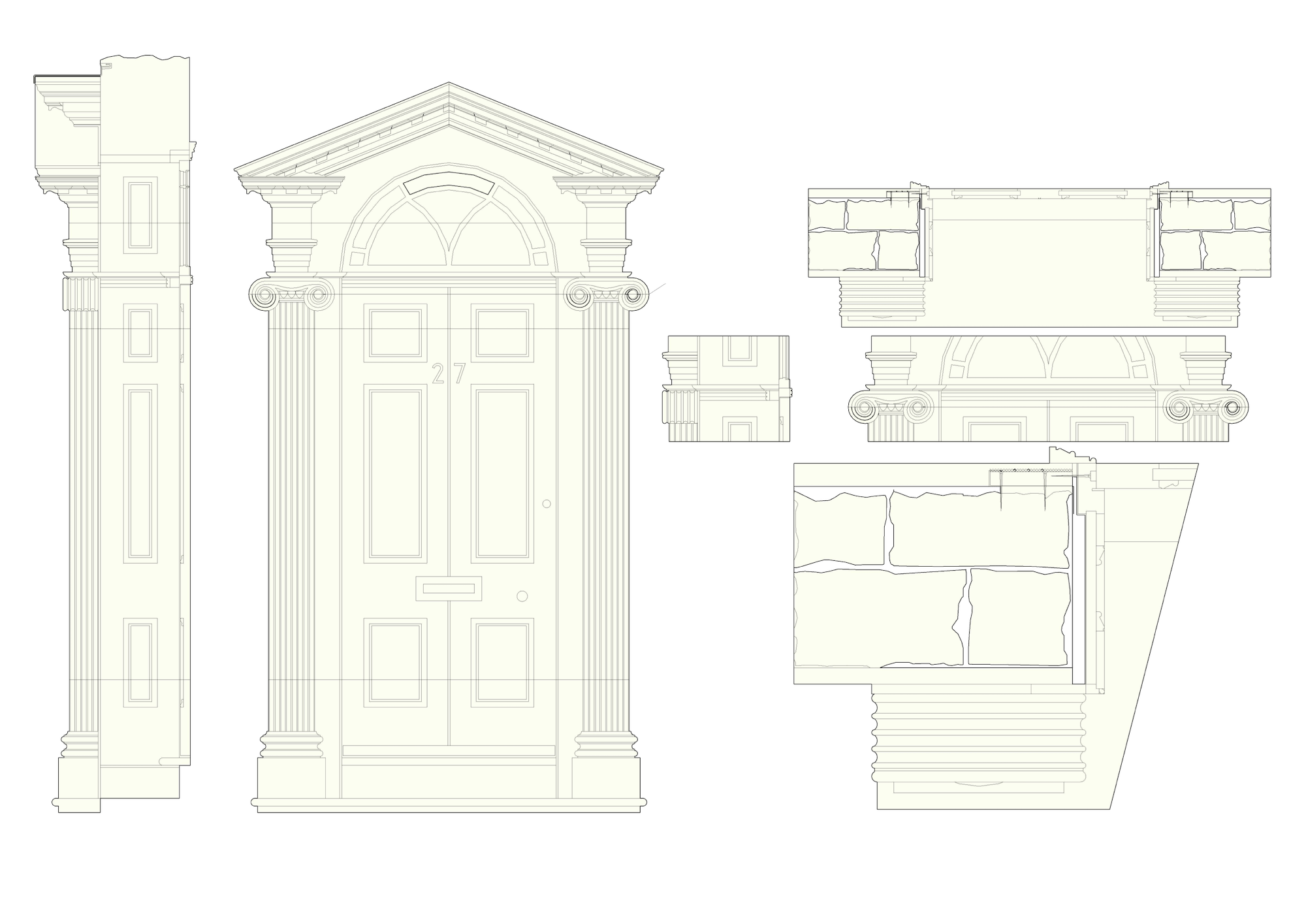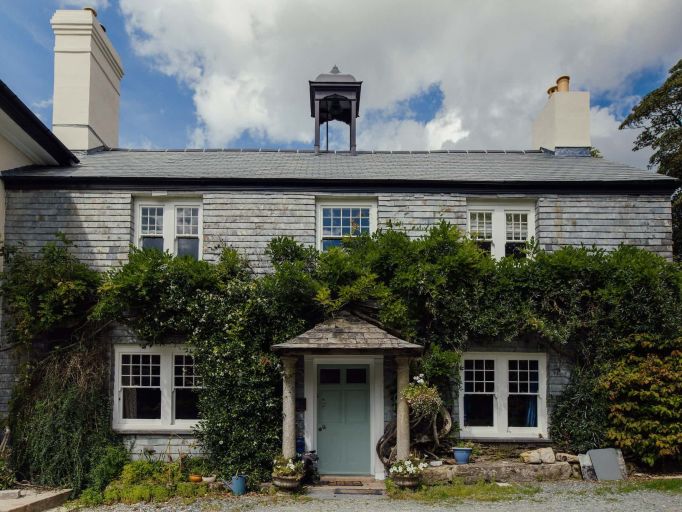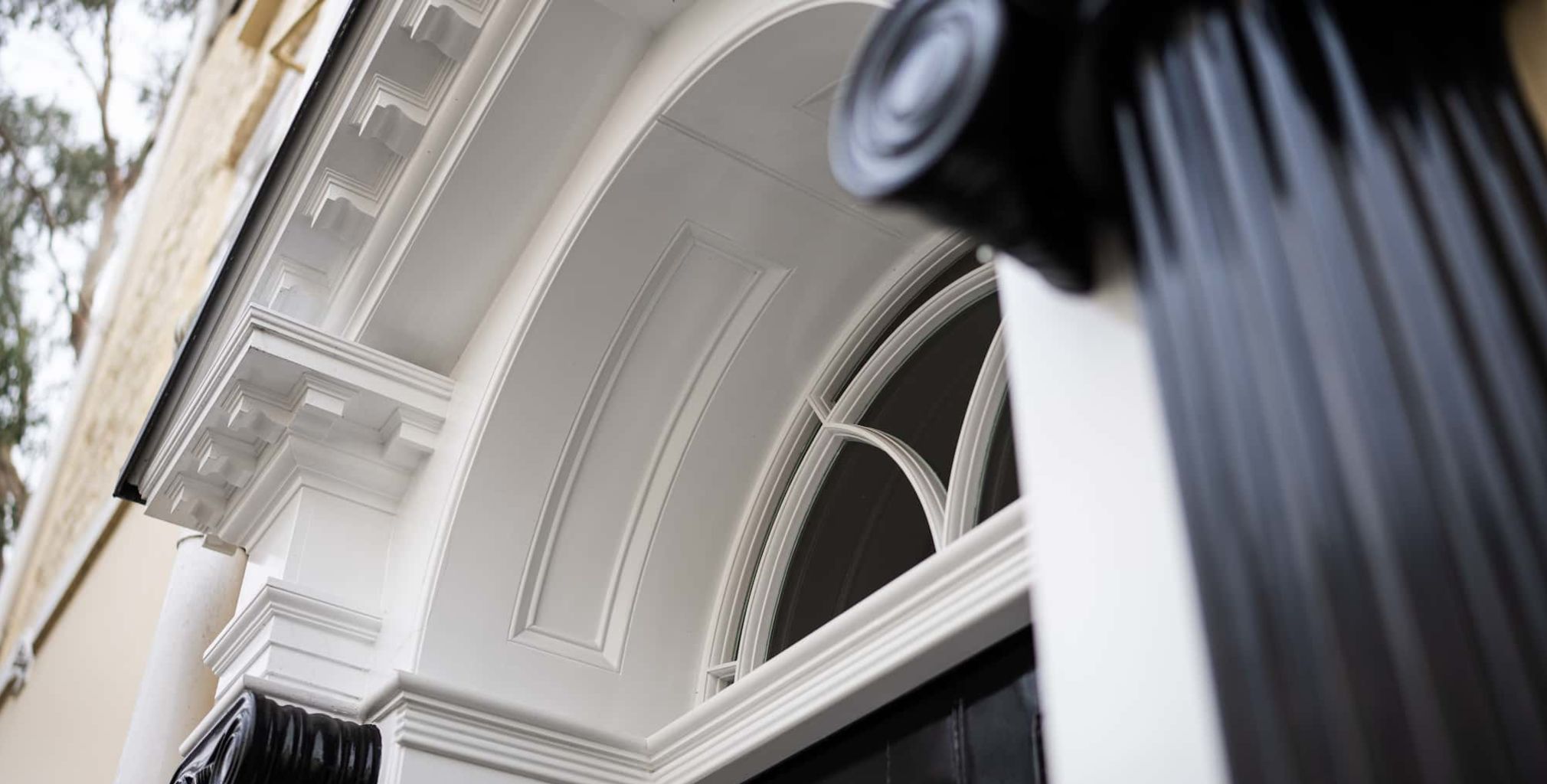Working With Listed Buildings And How You Can Overcome The Challenges
If you’re lucky enough to own a listed building, you’re living in part of the UK’s architectural heritage. From picturesque thatched cottages to impressive Georgian townhouses, listed properties make up an essential part of our country. However, as many homeowners soon discover, owning a listed property also comes with a set of challenges that don’t apply to other homeowners, especially when it comes to renovating and replacing any windows and doors.
We’ll look into these challenges, especially for window and door replacements, and how Nathan McCarter Joinery can help homeowners overcome them. All to maintain the integrity of your home while ensuring they meet up-to-date standards of comfort, security, and energy efficiency.
What is a listed building?
In the UK, a listed building is defined by Historic England as one that has ‘special architectural or historic interest with legal protection’. Every building that holds listed status is recorded in the National Heritage List for England (NHLE) database and are all protected by law. Any internal or external renovations or alterations, even minor ones, often needing special permissions. All listed buildings are classed as either Grade I, Grade II*, or Grade II:
- Grade I: These are buildings of exceptional interest (only 2.5% of listed buildings are Grade I)
- Grade II*: These are particularly important buildings with more than special interest (about 5.5% of listed buildings).
- Grade II: These are buildings of historic interest. Just under 92% of all listed buildings fall into this category, and if you’re a homeowner, this will be the most likely grade listing for it.
If you live in a listed property, you’ll need Listed Building Consent for any work that affects its historic character inside and out, and that includes replacing timber doors and windows. You may also need to apply for planning permission. The one important thing to remember is that carrying out any work without listed building consent is a criminal offence, which could result in fines or legal action.
What challenges can homeowners face?
It might seem like owning a listed building means you’re limited in what you can do. While restrictions are in place to protect the building’s historic character, being listed doesn’t mean it can’t be restored or repaired. It just means there’s a more involved process before any changes can be approved. Here’s what that means – and what it can mean for you and your project.
Strict planning rules

Unlike changes on a modern building, renovations to listed buildings are examined in intense detail. Local planning authorities and conservation officers are responsible for making sure that any alterations will preserve the property’s historical and architectural significance, including checking:
- The design and style of new or restored windows and doors
- The specific materials, window hardware, and glazing that will be used
- How the doors and windows are constructed
- Whether replacement doors and windows match any original features
Conservation officers can often insist on like-for-like replacements, which may take more research if you’re looking to improve insulation or install more secure glazing while keeping the same style. Even repainting listed wooden windows in a different colour, or upgrading to double glazing, can mean detailed applications and supporting documents.
Confusing and conflicting advice
One of the most challenging parts for listed building homeowners is the uncertainty of what’s required. In an already complex area for many, local authority requirements can vary from region to region across the country, while different conservation officers may interpret regulations differently. Trying to understand all the requirements for your project without experience can be a minefield. This is an area NMJ excels in, and we can help you make sense of the advice you’ve been given.
Project delays and rising costs
Without the correct permissions, any work on your project can be completely stopped mid-project, or worse, entirely reversed at your expense, by conservation and planning officers. Lengthy approval processes, disputes with planners, however well-meaning, or needing to re-submit drawings, can all lead to budgets being blown and months of delay for your project.
Updated guidance from Historic England
Despite these challenges, there is some good news that will make window replacements easier to complete. In July 2024, Historic England released a new Advice Note: ‘Adapting Historic Buildings for Energy and Carbon Efficiency’ (HEAN 18). Giving clarity, support, and recommendations to all homeowners, architects, and manufacturers, this guidance acknowledges the need to improve energy efficiency in listed and heritage homes while preserving their character.
Crucially, HEAN 18 now supports the use of slim-profile double-glazed windows within existing or new replacement frames in listed buildings, provided they’re:
- Sensitive to the building’s existing aesthetic
- Installed within frames that match the original design, material, and dimensions
- Reversible, in line with conservation guidelines
This change is a major step forward in their approach to window replacements and double glazing for listed homes. It means that, with the right joinery and careful planning, many listed building owners can now upgrade their windows for better thermal performance, improved insulation, and draught-proofing without compromising the property’s character.
How Nathan McCarter Joinery makes it work for you

At Nathan McCarter Joinery, we’ve spent many years working with listed buildings across the country. Alongside manufacturing handcrafted timber windows and doors for listed properties, we help homeowners overcome the various legal, planning, consent, and conservation challenges that come with these properties.
We’re here to remove the uncertainty, manage expectations, and help you make better decisions that protect your home – and your investment – to give you peace of mind from start to finish. Here’s how we can help you:
With our own planning service, we offer our expertise and knowledge of planning, listed building consent, and legal requirements to all customers. We work directly with local planning and conservation officers on your behalf, taking the pressure off you. And, working together with architects and surveyors, we help ensure that all work is in line with any current guidance and that applications are clear, accurate, and more likely to succeed first time.
2. Making the most of the new guidance
With the HEAN 18 guidance now allowing the use of slim-profile double-glazed units in many heritage settings, we’re already helping clients take advantage of this new flexibility. In designing and producing bespoke double-glazed windows that maintain your property’s historical appearance, you improve your comfort and energy efficiency.

Listed building authenticity and expertise from NMJ
While all listed building works need a sensitive approach, it doesn’t mean you have to compromise. With guidance from Historic England in place, which has already helped thousands of listed property owners over the last 12 months, the chance to install high-performance, double-glazed timber windows is more accessible than ever.
At Nathan McCarter Joinery, our workshop produces bespoke, made-to-measure timber windows and doors that replicate original period designs with complete authenticity. From traditional glazing bars and sash profiles to carefully selected finishes and ironmongery, our care, knowledge, and craftsmanship are carried out to meet both aesthetic and regulatory standards.
From a single cottage window to upgrading every sash in a Georgian home and beyond, we’ll help you do it right with no wasted time and no cutting corners. If you’re planning work on a listed property, contact us today for expert advice and a thorough approach you can trust. Call us today on 01822 615 010 or message us to get started.
